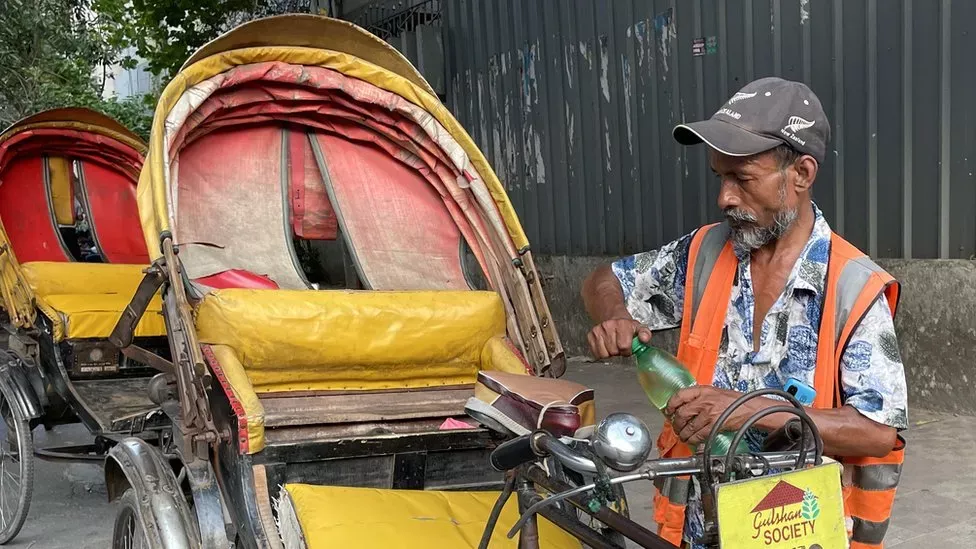Since April 2024, wide areas of south and south-east Asia, from Pakistan to the Philippines, have experienced prolonged extreme heat. Covering some of the most densely populated regions in the world, the series of heatwaves has affected everything from human health and wellbeing to the economy and education.

Many pupils in India, Bangladesh, and Philippines have been told to stay at home for days due to a severe health risk from extreme heat, while the heatwaves are becoming a major issue in India’s election. Bangladesh even closed all primary schools for weeks while the temperature reached 43.8°C on April 30.
Writing in The Conversation, Dr Neven S. Fučkar, Senior Researcher at the ECI, explains how it got so hot and why extreme heat in a tropical country can be less pleasant and more dangerous than the same temperature in a desert.
Read the article in full: Extreme heatwaves in south and south-east Asia are a sign of things to come

